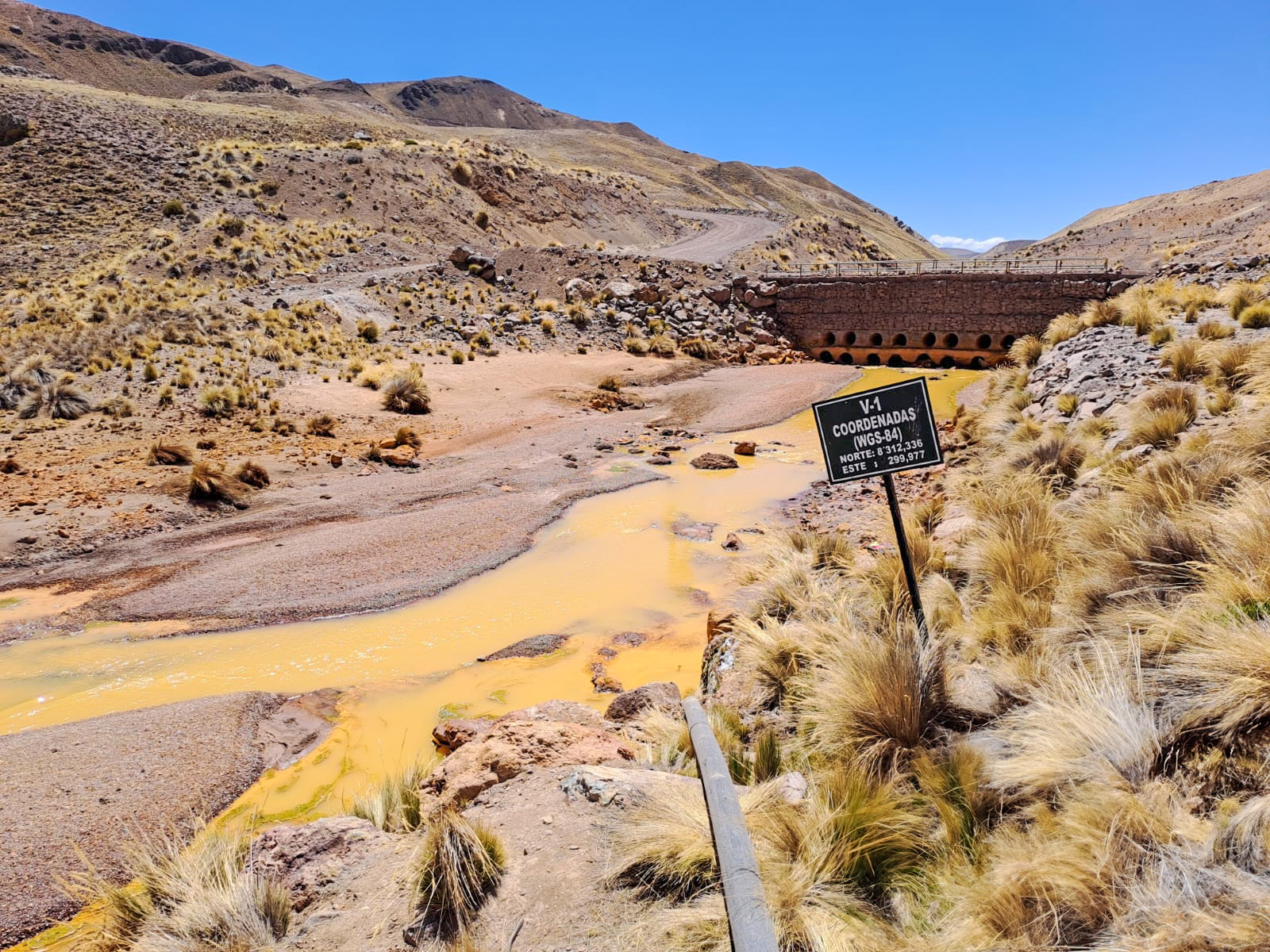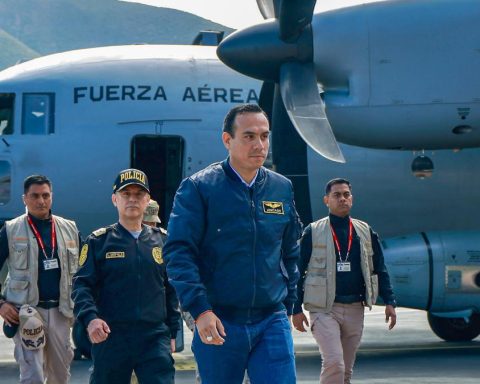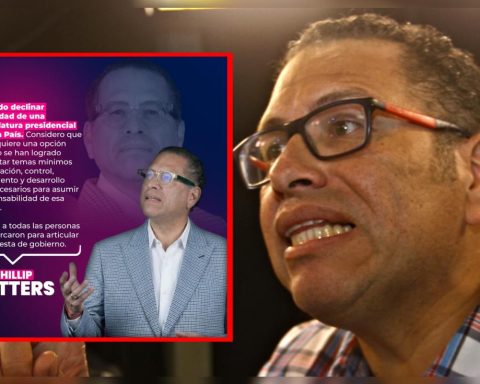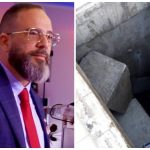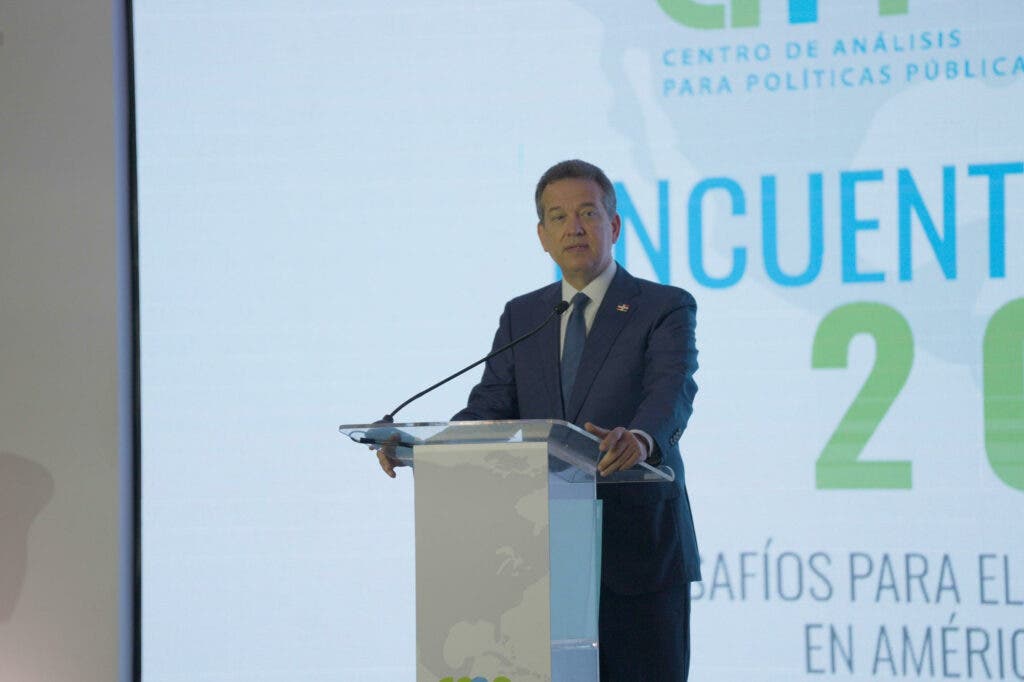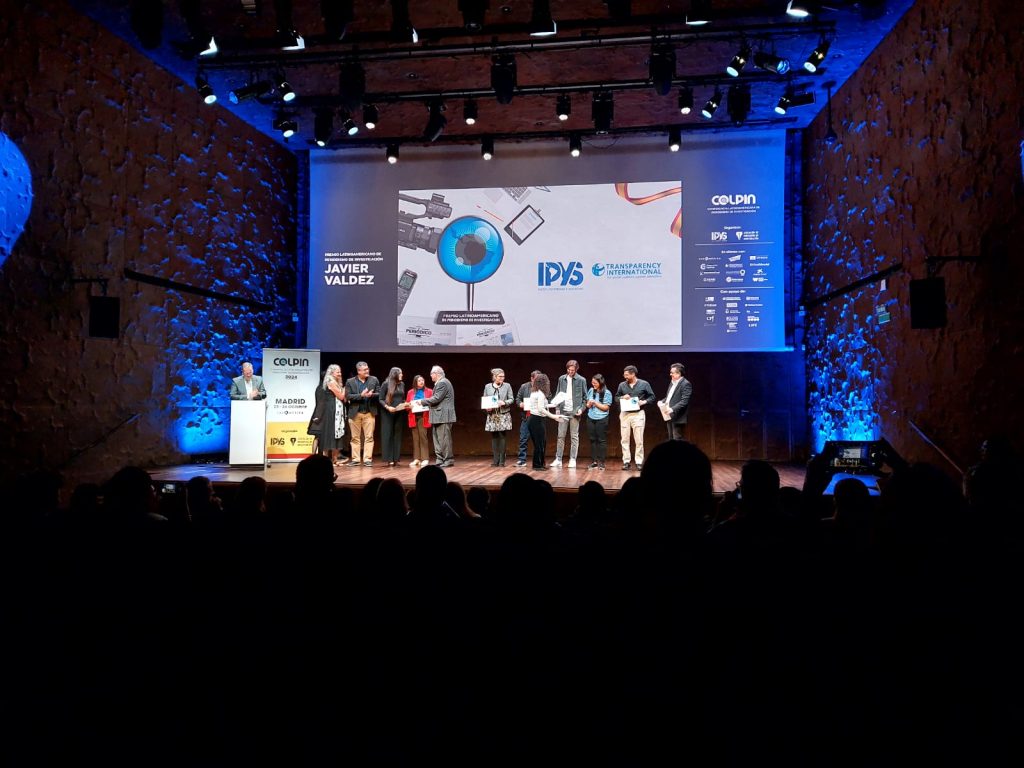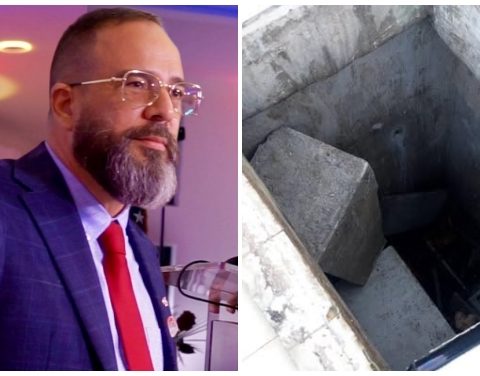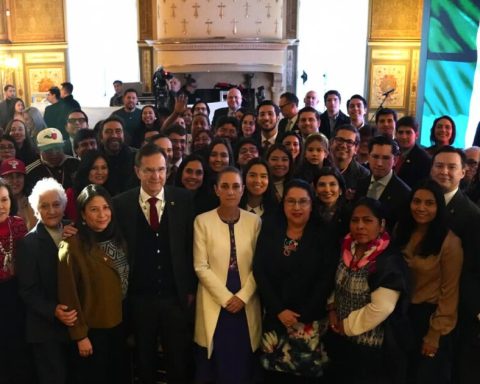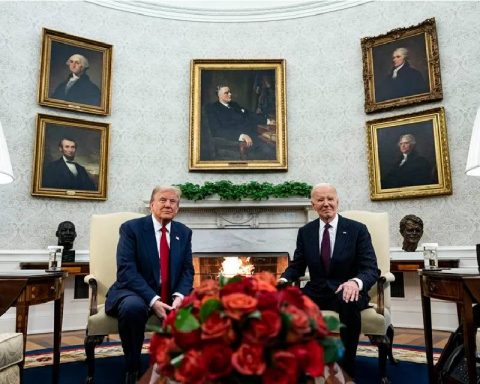The General Directorate of Mining (DGM), of the Ministry of Energy and Mines (Minem), executed the guarantees of the Aruntani mining company for US$10.3 million to remedy the contamination caused by its extraction activities from the Arasi open pit gold deposit , located in the Puno province of Lampa.
According to a study by the Environmental Evaluation and Supervision Agency (OEFA), the Arasi mining works altered the quality of the water in the Luchusani and Azufrini streams, as well as in the Chacapalca River, in Puno.
The OEFA indicated that between 2011 and 2019, Arasi registered 30 polluting incidents, which led to the application of fines of 802.88 UIT, for a value of approximately S/3 million.
The Aruntani mining company, owner of the Arasi gold deposit, was obliged to comply with a progressive environmental closure plan to avoid contamination of the surrounding rivers. However, the company did not do so, so the General Directorate of Mining (DGM) decided to execute Aruntani’s guarantees for US$10.3 to remedy the damages. But this amount would be meager, since the cost of the work would require US$265 million (S/1,000 million).
In an area of 3,000 hectares, Arasi processes ore using leaching platforms and recovers gold in a Merrill Crowe plant. Aruntani is one of the main gold exporters in Peru.
Let the state pay
Despite the seriousness of the contamination caused by the Arasi mine reported by the OEFA, the Aruntani company considers that the execution of the US$10.3 million of guarantees destined for remediation is sufficient. Aruntani reported that “he has already complied.”
“Since the execution of the bond, responsibility for mine closure falls exclusively on the State, which has formally delegated these tasks to the state company Activos Mineros SAC (AMSAC). This is established in article 61 of the Regulation of the Mine Closure Law, which clearly states that “once the guarantees have been liquidated, the DGM will commission a specialized company to carry out the works of the unfulfilled Mine Closure Plan,” Aruntani told this diary.
However, the sources consulted indicated that what Aruntani said is not correct. Apart from having paid the fines, and complied with the guarantees, the General Environmental Law clearly establishes that the cost of prevention, surveillance, restoration, rehabilitation, repair and eventual compensation actions, related to the protection of the environment and its components of the negative impacts of human actions, must be assumed by those responsible for said impacts.
According to Aruntani, Minem transferred US$18.7 million to AMSAC to remedy the damage in Arasi and Flor Tucari, the other mining unit that damaged the Coralaque (Moquegua) and Tambo (Arequipa) rivers due to its gold exploitation activities, as reported by La Republic.
In the case of Flor Tucari, Aruntani also did not comply with the progressive closures and was fined. The contaminating events in Arasi and Flor Tucari are very similar.
Aruntani also informed this newspaper that he thought the amount of the remediation (US$265 million) was exaggerated, because the studies that must be carried out by a company hired by AMSAC through a bidding are still pending.
At the time, AMSAC reported that Aruntani’s guarantees do not cover even 10% of the cost of remediation of environmental liabilities, according to estimates by the Consulting Firm CESEL SAC.
In the case of the Arasi deposit, in Puno, the OEFA concluded that Aruntani did not comply with applying the progressive closure measures in the Tajo Carlos, waste rock deposit and the large event pool. Nor did it close a cyanide destruction plant, which is used as an acid water treatment plant.
Aruntani received approval from the authorities for a closure plan in 2009, however, it was modified in 2012 and 2013, and received an update in 2014. In 2018, the mining company submitted a third modification request, despite the fact that The deadline had expired in 2017. The MEM rejected Aruntani’s claim.
But the mining company Aruntani insists that the State is responsible. “Aruntani has had to continue environmental management actions within the limited framework that the State itself has authorized, incurring costs in the tens of millions,” he indicated without indicating the amount.
